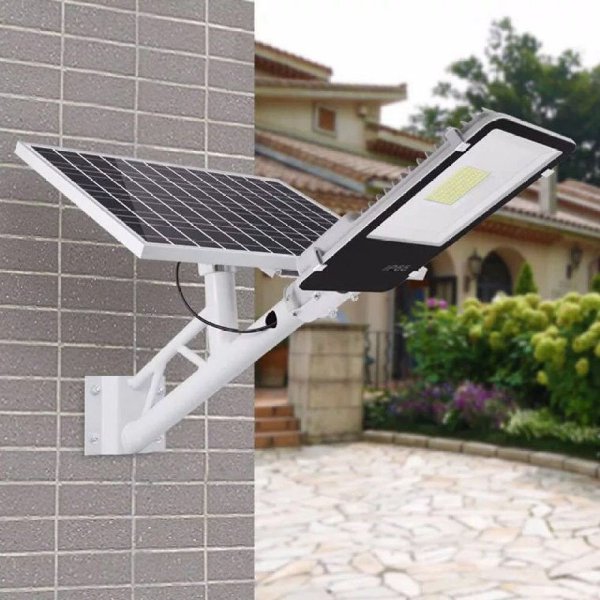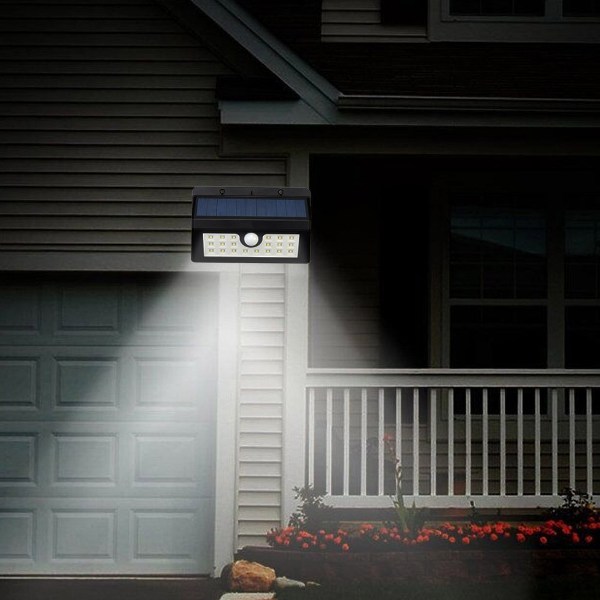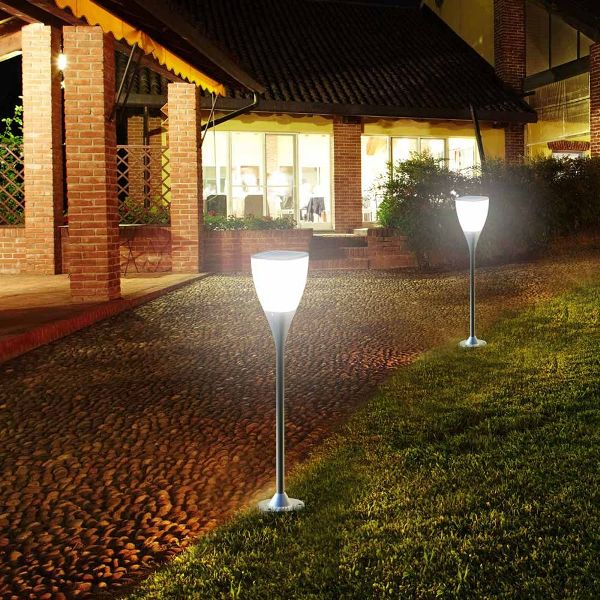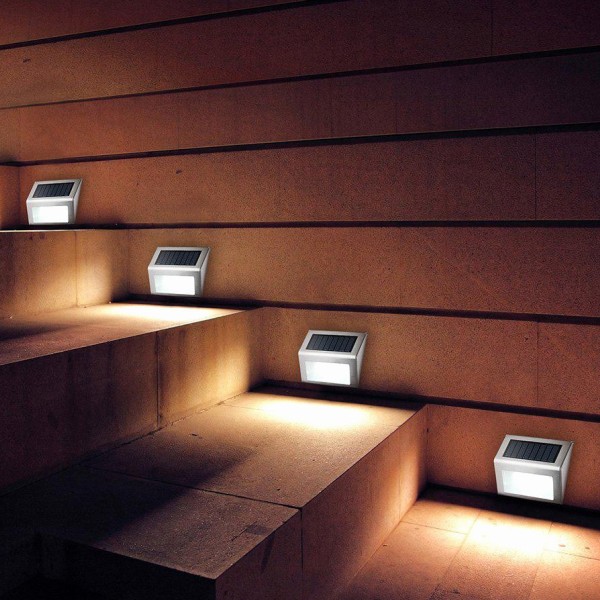Categories: Featured Articles » Sources of light
Number of views: 675
Comments on the article: 0
Street lighting with solar lamps
In the dark, summer cottages, driveways and simply garden paths, flower beds and lawns will be wonderfully complemented by a small solar-powered autonomous lighting system. Lamps of this plan not only give soft, not harsh light, but also simply decorate the territory. And from an economic point of view, they also contribute to the conservation of monetary resources.
Let's take a closer look at these fixtures, talk about their design, consider the advantages and disadvantages of such systems for cottages and estates.
Solar-powered evening lanterns can be seen for a long time in the squares, near cafes and shops, they also appear in the dachas, where guests visit from time to time. And this situation is justified, because having arrived at the cottage we want to relax or, say, receive guests in a beautiful, cozy, calm environment, in a word - in comfortable, pleasant for the soul conditions.
Solar-powered flashlights just create such conditions. In addition, the presence of lanterns working in the dark at the site is a common sign of the presence of the owners, which means that while the thieves will not be at your place, thieves will probably not come to you.

So, if you decide to beautifully and modernly equip your patio, it remains only to decide on the models of lamps. In general, solar-powered lamps are a very profitable solution. They do not wind excess power and practically do not require regular maintenance and care, except that sometimes they will have to be wiped with a dust cloth.
Of course, you should not expect bright intense light from them, for this there are specialized garden spotlights, but here they are quite able to provide comfort and the ability to navigate the site in the evening and at night. In addition, you can get a very interesting light combination - for example, the main light above the front door and the light from the lamps along the garden paths can be interesting to harmonize.

The brightness and duration of an autonomous glow of a lamp on solar cells depends on the weather and on the duration of daylight hours. A cloudy day will not give enough light energy for the batteries to charge and the lamp worked all night. At least 8 hours of intense sunlight are needed to sufficiently recharge each flashlight.
At the same time, in spite of everything, autonomous lamps on photocells have a number of advantages. Lamps are simply mounted and rearranged, practically do not demand leaving. They are autonomous, they do not need either wires or a network, the lamps work completely independently, and the amount of light received with their help depends only on the number of lamps installed on a given area and on their power.

Turning on, off and charging occurs automatically, without human intervention. The cost of solar-powered luminaires is commensurate with the cost of ordinary decorative lamps, but the economic benefits during operation are obvious. Bought, installed - no more investments needed. It is important to evaluate the strength of the product when buying. Tempered glass is the best.

The assortment of modern stores offers a wide selection of different models of solar-powered lamps, and the principle of operation is the same everywhere. Energy in the form of photons emitted by the Sun is captured by small solar panels and sent to the battery built into the lantern in the form of an electric charge.
From the battery, the accumulated charge is supplied to the LED light source - the result is light. The processes of charging and discharging are separated in time by the operation of a special microcircuit and photo relay.
The more charge remains in the battery, the brighter the flashlight shines. When the battery is discharged to the lower acceptable voltage limit, the system automatically turns off the LEDs. As soon as sunlight is enough for the built-in charger, the battery recharging process automatically begins.

Wall, lawn, park and simply decorative solar-powered lights can be installed on any part of the territory, the main thing is to provide access of sunlight to the photocells of the lighting device in the daytime so that the lamp does not appear in the shade of a tree, greenhouse, etc. In general, the installation location determined only by the taste preferences of the owners.
When choosing a solar-powered luminaire, it is important to take into account the weather factor. Not every battery built into the lamp can withstand severe frost. Maybe even ashore, you will have to think about taking the battery to a separate room altogether and still stretching out additional wires. Or a simpler solution - with the onset of cold weather, simply remove such a lamp from the street and get out only after a few months, as it gets warmer.
See also at bgv.electricianexp.com
:
